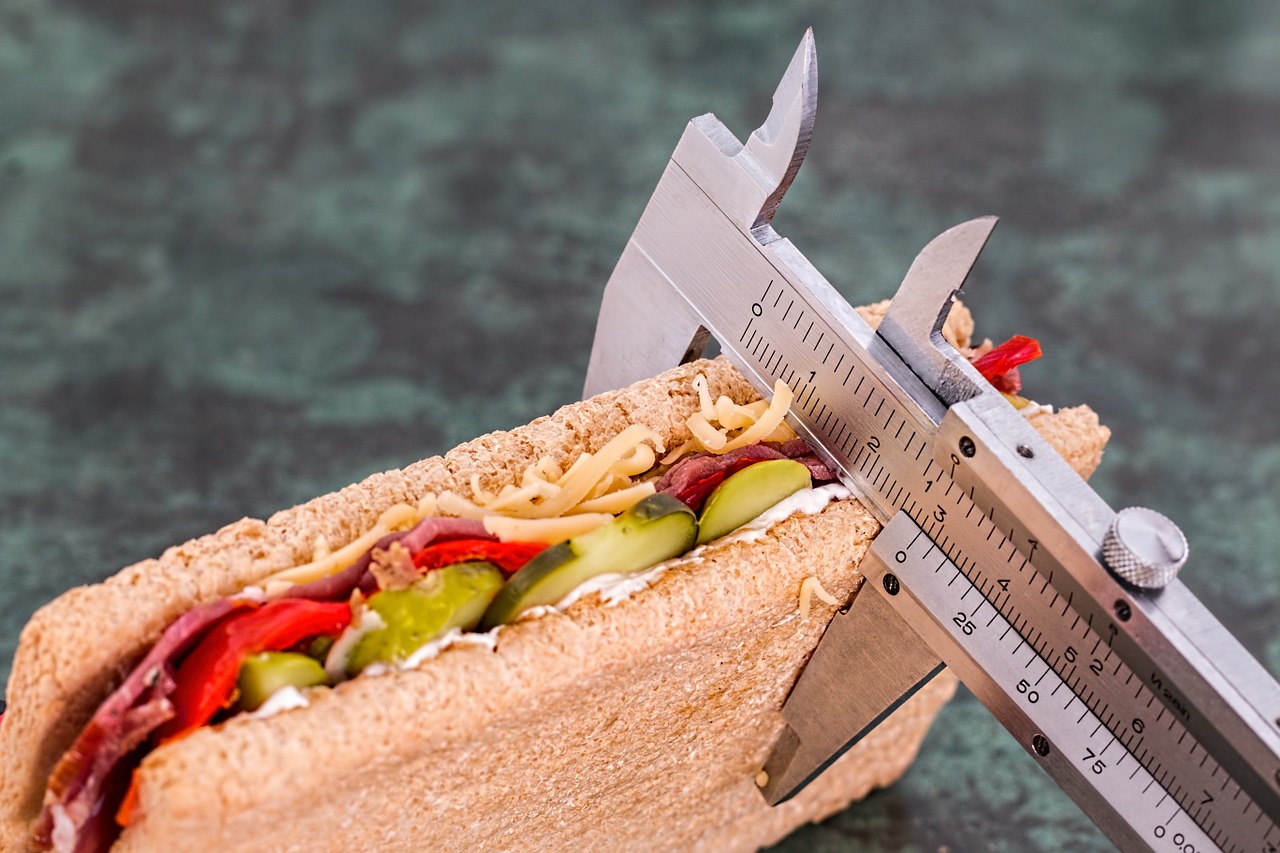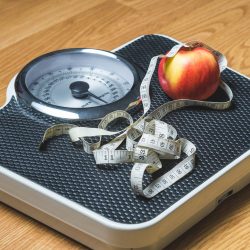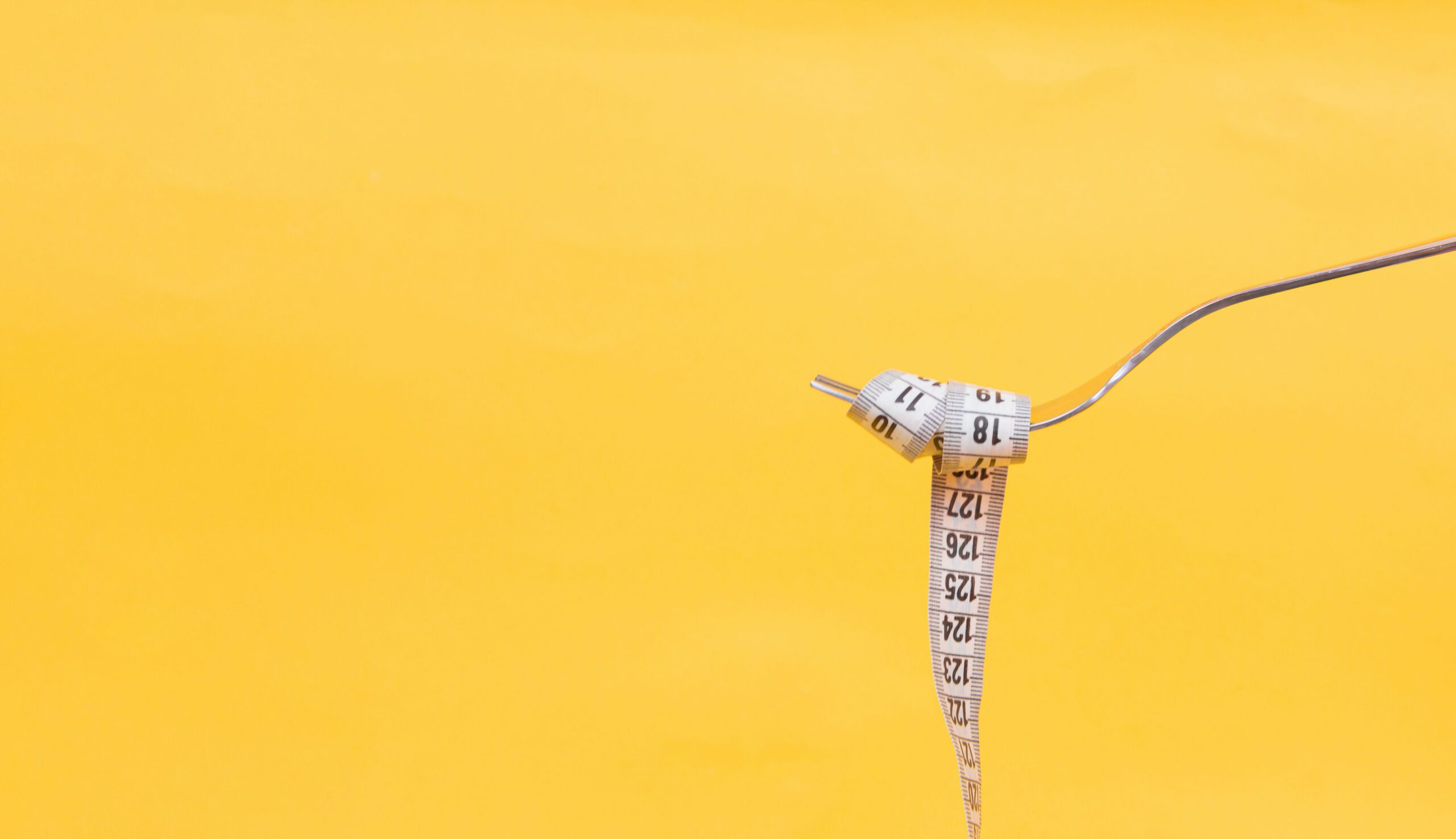Do you want to lose weight quickly, without depriving yourself? Nibbling is the bad reflex that leads you to eat without hunger, out of boredom, stress, anxiety or simply habit. But if nibbling is done compulsively, or even in moderation, the risk is that it can lead to an imbalance, not just on the scales, but also in the composition of your main meals. That’s right! Because when you’re less hungry at the table, you’re just as likely to want to eat certain types of food. There are many reasons for nibbling: stress, tiredness, a sweet tooth, the need for comfort, but generally the choice turns to fatty and sweet foods. So nibbling at any time of day can have an impact on your health and can lead to weight problems. Discover our 12 natural anti-snacking tips to help you lose weight.
1. Avoid snacking by drinking plenty of water
Our bodies are made up of 60-70% water, so specialists recommend drinking 1.5 litres a day. As well as helping the body to use the energy and nutrients in food, it helps to eliminate toxins.
Slimming tip :
→ Drink in small sips throughout the day, so that the stomach fills up slowly and thus limits our desire to eat. An American study reveals that drinking a glass of water before each meal speeds up the feeling of satiety and would therefore help to suppress snacking cravings during the day.
Herbal teas and infusions have countless benefits, helping to keep you hydrated.
2. Avoid snacking by eating a full breakfast
Taking the time to eat a proper breakfast means you’re just as likely to avoid snacking in the morning! Nutritionists recommend eating 3 meals a day and not skipping breakfast. Breakfast comes after a fasting period of 8 to 10 hours. It should provide between 20 and 25% of the day’s total energy to avoid feelings of physical and mental fatigue, as well as hypoglycaemic attacks.
Tips for losing weight:
Choose wholemeal bread rather than white bread, which has a high glycaemic index. Rich in fibre, it will quickly make you feel full and reduce the risk of mid-morning snacking. In general, keep sweet foods such as jam, cereals, spreads, brioche, etc. to a minimum. And above all, start your day with a protein-rich meal! It’s satisfying and will give you the energy you need to make it through lunch, without feeling tired around 10am!
3. Avoid the urge to nibble by eating at set times
If you’re used to eating at specific times, your body secretes less insulin, so you feel less hungry. By taking the time to chew and savour each mouthful. Allow at least 20 minutes per meal to feel that you have eaten enough.
Slimming tip :
It’s a good idea to have a snack at snack time so that you’re not hungry at dinner time. Include light snacks (fruit, dried fruit, etc.) so that you don’t feel hungry during the day.
4. Avoid the urge to nibble by taking the time to chew
Poor digestion can lead to bloating and stomach upsets. To avoid this, it’s essential to eat calmly while sitting down and to chew your food carefully.
Slimming tip :
It takes 20 minutes for the stomach to send a satiety message to the brain. An American study claims that chewing slowly reduces calorie consumption and accelerates satiety. If you’re used to eating fast food, get into the habit of putting down your fork after each mouthful and only picking it up again once you’ve chewed enough.
5. Lose weight by drinking green tea
Because of its polyphenol content, green tea is a powerful antioxidant. It protects the body from cardiovascular and degenerative diseases, certain cancers and ageing.
Slimming tip :
Known for its fat-burning and diuretic effects, green tea encourages the action of satiating hormones in our bodies. To combine its appetite-suppressant and antioxidant properties, it is advisable to steep 2.5g of green tea for at least 2 minutes in water at over 90°C and drink several times a day.
6. Monitor the glycaemic index of foods
The glycaemic index (GI) classifies foods according to their glycaemia (blood glucose level). A food with a GI of over 50 causes the body to secrete too much insulin, which encourages glucose to be stored as fat. The lower the GI of a food, the slower the diffusion of glucose and the longer it takes to feel hungry.
Weight loss tip:
The cooking method has an impact on the GI of foods. Fast-cooked rice has a GI of 85, while Basmati rice has a GI of 50. So prefer long-cooking foods.
The glycaemic index of some foods :
- Chips: 95
- Bananas: 60
- Sprouted cereals (soya): 15
- Cereal bread: 45
- White bread: 70
- Green beans: 30
- Dark chocolate (70%): 25
7. Avoid snacking by choosing high-fibre foods
Fibre-rich foods contain more vitamins and minerals. While insoluble fibre is necessary for good digestion, soluble fibre regulates blood sugar and cholesterol levels.
Slimming tip :
Eat high-fibre foods at the beginning of your meal. Their high fibre content will not be absorbed directly by the body. As a result, you’ll feel full more quickly and for longer. Lamb’s lettuce, apples and aubergines, for example, are very satiating.
8. Eat oat bran
As well as having a low glycaemic index (15), oat bran helps to regulate blood sugar levels. It has been awarded a label from the American Heart Association. It can therefore be recommended for its beneficial effects on cholesterol.
Slimming tip :
Oat bran contains soluble fibre, which absorbs nutrients such as carbohydrates and fats, reducing the intake of sugars and fats. The maximum recommended intake is 3 tablespoons a day.
9. Think agar-agar
Agar-agar is a natural vegetable gelling agent extracted from red algae. Odourless, tasteless and very low in calories, it is 80% fibre. 100g of agar-agar contains 335 calories, but the maximum recommended intake is 4g a day.
Slimming tip :
The high fibre content of agar-agar has satiating properties. However, no study has yet conclusively demonstrated its benefits for the waistline.
10. Lose weight by eating lemon
As well as being a powerful antioxidant, lemons prevent the development of certain cancers. It’s also a very good source of vitamin C, which helps combat everyday ailments.
Slimming tip :
If you’re feeling hungry, squeeze a lemon into a glass of hot water.
You can also add the juice of a lemon to 1.5 litres of water and take it with you. The lemon flavours the water, encouraging you to drink more. It helps eliminate toxins.
11. Limit stress to stop the urge to eat
It’s important to limit stress, as it leads to an increase in cortisol, the hormone that boosts appetite, and to focus on “zen” foods. These are foods that contain magnesium (fruit and pulses), omega-3 fatty acids (oily fish, rapeseed and walnut oils, for example) and vitamin B6 to promote the uptake of magnesium (wholegrain cereals, meat, poultry, etc.).
12. Herbal medicine to prevent snacking and lose weight
Plants that have an appetite-suppressant effect are those rich in swelling fibres (mucilage, for example) and are only effective if combined with a balanced diet, regular physical activity and an overall healthy lifestyle. These appetite suppressants moderate hunger and their action is directly linked to the amount of dietary fibre provided by the food, but above all to the amount of water absorbed, because it is water that enables these fibres to swell in the stomach and provide the sensation of satiety. These plant-based appetite suppressants should therefore be taken 15 to 20 minutes before a meal or a tempting snack, with a large glass of water.
Caution: Doubling the dose in no way increases its effectiveness, but does expose you to the risk of digestive problems (diarrhoea, gastric pain, interaction with the effectiveness of other medicines). Ask your pharmacist for advice.
-
Fucus vesiculosus :
This is a seaweed whose thallus is rich in mucilage which, when rehydrated, increases the volume of the stomach. It is rich in trace elements and vitamins from the B and C groups, which help to cover the body’s needs. Do not use this seaweed if you have thyroid problems or are allergic to iodine. Ask your pharmacist for advice.
-
Guar gum :
It comes from a seed and takes the form of a powder rich in galactomannans. In the presence of water, this powder swells and forms an appetite-suppressing gel. Guar gum also contributes to the production of 2 appetite-suppressant hormones, slows digestion and prolongs the feeling of fullness. Above all, Guar gum slows down the calorie extraction from other foods. It therefore helps prevent snacking and cravings during the day. By helping to balance intestinal transit, it is ideal for problems of bloating.
-
Carob gum :
Rich in mucilage, it also has an appetite-regulating effect when taken with water before a meal.
-
Konjac :
Very rich in galactomannans, Konjac can absorb up to 100 times its volume of water, becoming a viscous gel that traps fats and sugars. Konjac is one of the few foods that can make a weight loss and appetite-suppressant claim authorised by the European authorities. However, it has no effect on cravings for sugar, fat or salt, or on food cravings.
-
Agar Agar :
This is a 100% plant-based gelling agent presented in powder or capsule form. This active ingredient contains soluble fibres which, when eaten, swell up in the stomach to trap sugars and fats. It is not digested and is therefore eliminated as such by the body. You can use 1g of agar agar in a cup of boiling water for tea, herbal teas or infusions. Simply drink the beverage before the temperature drops below 40°C (otherwise there’s a risk of the agar-agar gelling) and 10 minutes before a meal: anti-snacking effect guaranteed.
-
Sterculia gum, apple pectin, chicory pectin:
These are also soluble fibres. They swell in the stomach , reducing food intake during the next meal.
A chocolate bar or a small slice of cake is fine; a whole bar or pie is more complicated. If this happens on a daily basis and you feel like you’re snacking a lot or the scales are tipping the wrong way, don ‘t hesitate to consult your doctor or pharmacist, who will be able to help you..





